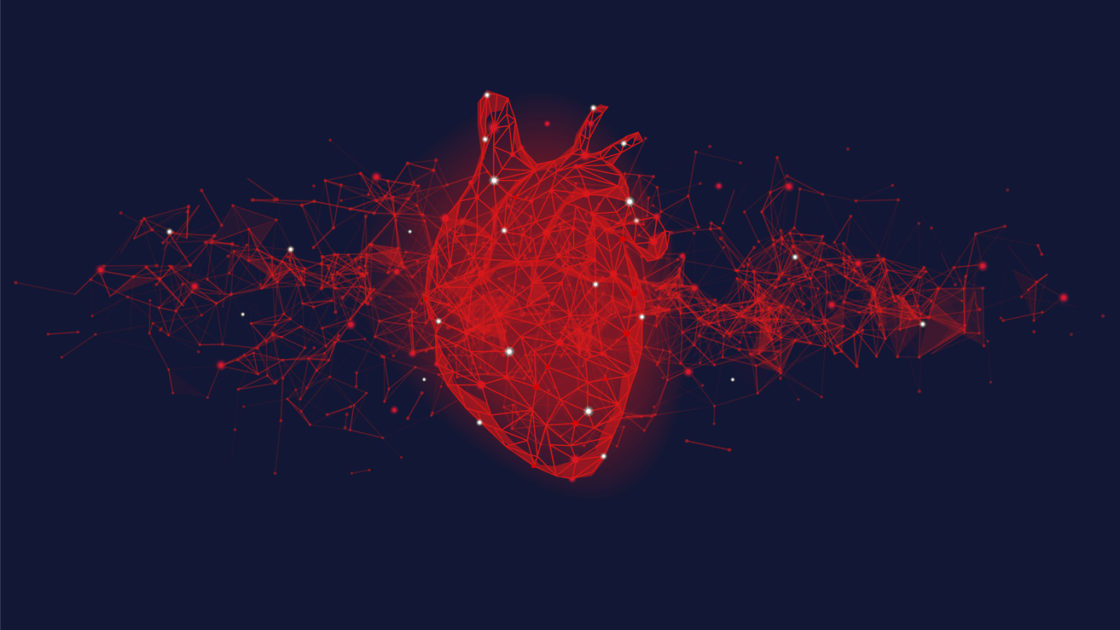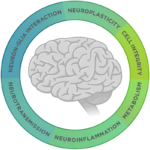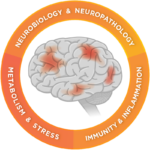
nCounter® CVD Pathophysiology Panel
Helping Your Research
Cardiovascular diseases (CVD) are the leading cause of death and disability globally. Unsurprisingly, research in this field is vast and scientists are looking for tools that can provide simple, actionable answers to help guide discoveries. With a number of CVD drugs coming off patent and an explosion of immune therapies with cardiotoxic side effects entering the market, scientists must deepen their understanding of cardiotoxic side effects and continuously innovate to stay on top of this rapidly evolving field.
The nCounter® CVD Pathophysiology Panel enables researchers to explore how cardiovascular disfunction contributes to heart disease, hypertension and arteriosclerosis. The panel provides molecular insights with quick, actionable results. Study the cardiotoxic effects of immune therapies or assess the role of aging and cell renewal in cardiac regenerative medicine.

How It Works
Features
- Directly profile 800 genes across 50 pathways involved in CVD pathophysiology
- Cardiovascular Pathology
- Cardiovascular Physiology
- Vascular Inflammation
- Cellular Aging & Renewal
- Metabolism
- Mechano Signaling
- Regulatory Signaling
- Epigenetic Remodeling
- Measure cardiotoxicities resulting from therapeutic treatment
- Study the MOA of approved CVD drugs
- Explore cardiomyocyte recovery and regeneration
- Quantify the presence and relative abundance of 16 cell types present in cardiac tissue
- Compatible with a variety of sample types including blood, cardiac tissue, organoids, engineered cell lines, explants, and organs on a chip
- Generate data in 24 hours with less than 30 minutes hands on time and simple data analysis
Customization
Customize your research project by adding up to 55 user-defined genes of interest with nCounter Panel Plus. Panel Plus capacity enables researchers to address content specific to their cardiovascular research areas of interest. Expand on pathways and core themes of the panel or include infectious disease content (i.e. COVID).
Data Analysis
In addition to the standard nSolver™ Analysis Software, genes included in the CVD Pathophysiology Panel are organized and linked to various advanced analysis modules to allow for efficient analysis of relevant pathways.
Analysis modules available for CVD Pathophysiology:
- Normalization
- Quality Control
- Individual Pathway Analysis
- Cell Profiling
- Differential Expression
- Gene Set Analysis
- Built-in compatibility for Panel Plus and Protein analysis
ROSALIND® Platform
ROSALIND is a cloud-based platform that enables scientists to analyze and interpret differential gene expression data without the need for bioinformatics or programming skills. ROSALIND makes analysis of nCounter data easy, with guided modules for:
- Normalization
- Quality Control
- Individual Pathway Analysis Differential Expression
- Gene Set Analysis
nCounter customers can access ROSALIND free of charge at https://www.onramp.bio/nanostring.

Panel Selection Tool
Find the gene expression panel for your research with Panel Pro
Find Your Panel
Publications & Posters
Spatial multiomics of arterial regions from cardiac allograft vasculopathy rejected grafts reveal novel insights into the pathogenesis of chronic antibody-mediated rejection
Cardiac allograft vasculopathy (CAV) causes late graft failure and mortality after heart transplantation. Donor-specific antibodies (DSAs) lead to chronic endothelial cell injury, inflammation, and arterial intimal thickening.
Biologically derived epicardial patch induces macrophage mediated pathophysiologic repair in chronically infarcted swine hearts
There are nearly 65 million people with chronic heart failure (CHF) globally, with no treatment directed at the pathologic cause of the disease, the loss of functioning cardiomyocytes. We have an allogeneic cardiac patch comprised of cardiomyocytes and human fibroblasts on a bioresorbable matrix.
Human leukocyte antigen class I antibody-activated endothelium promotes CD206+ M2 macrophage polarization and MMP9 secretion through TLR4 signaling and P-selectin in a model of antibody-mediated rejection and allograft vasculopathy
HLA donor-specific antibodies (DSA) elicit alloimmune responses against the graft vasculature, leading to endothelial cell (EC) activation and monocyte infiltration during antibody-mediated rejection (AMR). AMR promotes chronic inflammation and remodeling, leading to thickening of the arterial intima termed transplant vasculopathy or cardiac allograft vasculopathy (CAV) in heart transplants.

Product Information
Product Specifications
Panel Themes
The CVD Pathophysiology Panel includes annotations across 8 functional themes related to cardiovascular disfunction and disease. Pathway coverage is outlined in the table below.
Cardiac Cell Profiling Feature
Genes included in the CVD Pathophysiology Panel provide unique cell profiling data to measure the relative abundance of 16 different cardiac cell types. The table below summarizes the genes included in each cell type signature, as qualified through biostatistical approaches and selected literature in the field of cardiovascular disease.
Catalog Information

Request a Quote
Contact our helpful experts and we’ll be in touch soon.






